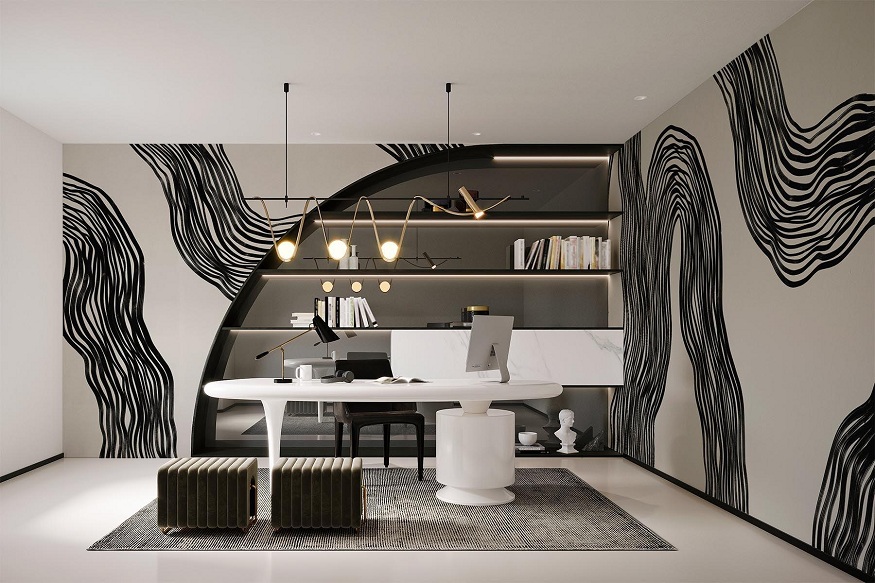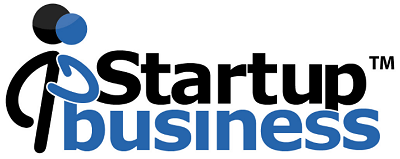
Office back wall design ideas that impress clients and motivate teams
A captivating office back wall is capable of transforming a workspace by making a lasting impression and motivating a team. A well-thought-out accent wall communicates professionalism, represents corporate identity, and inspires creativity. Organizations can design environments that impress clients and energize employees by balancing visual appeal and practical functionality. The following strategies provide a structured and innovative approach.
Impactful visual anchors
A focal graphic or a curated artwork can anchor the back wall of the office, serving as a visual centerpiece that immediately attracts attention. By choosing imagery that is consistent with corporate values or industry themes, organizations can reinforce messaging without cluttering the space. High-resolution prints, modular panels, or three-dimensional geometric installations add depth and scale, and integrated LED or spotlight lighting highlights features for dramatic impact. This strategy turns a regular surface into a strategic communication platform, indirectly influencing client perceptions and providing teams with an inspiring landscape. Wall dimensions can be customized to fit the room proportions and create a balanced scale and energizing environment for visitors and staff.
Functional wall solutions
The incorporation of practical elements into the back wall enhances functional value while maintaining aesthetic appeal. Built-in shelving units or recessed cubbies offer storage options for often-used resources and decorative accents, with a clean, tidy look. Magnetic or glass whiteboards serve as interactive brainstorming boards that promote team collaboration and problem-solving. Acoustic panels or textured fabric sections muffle ambient noise for enhanced focus, while concealed wiring channels integrate audiovisual devices smoothly. Through the integration of storage, presentation, and sound management attributes, the back wall becomes a dynamic asset that propels productivity, enhances day-to-day operations, and presents a refined, professional image during client engagements. Custom cabinetry complete with secret compartments and multi-functional display alcoves make the space more adaptable ensuring that essential equipment and branded materials are not only accessible but also discreet.
Incorporating versatile textures
Introducing different textures to the back wall of an office enhances the sensory experience and deepens interior design. Natural wood slats or reclaimed panels bring warmth and organic quality, stone veneers or ceramic tiles bring solidity and sophistication. Soft fabric or felt inserts provide acoustic and tactile contrast benefits, and modular three-dimensional wall panels produce dynamic light-and-shadow patterns as ambient lighting changes. Alternating matte and glossy finishes accentuates certain areas and guides attention to functional zones. Through careful orchestration of texture interplay, it is possible for organizations to create complex visual stories that appeal both to clients and employees, with tangible material choices reinforcing the brand ethos. Strategic placement of accent strips or inset patterns can outline workstations or direct movement without hampering overall harmony.
Strategic accent integration
The strategic incorporation of accent materials turns a plain surface into a unified design component. Bold colour blocks or contrasting trim sections can delineate presentation areas or accent meeting zones, while integrated shelving alcoves display awards or prototypes. Textured or metallic inlays close to the reception desk provide subtle nods, and backlit niches guide the eye toward important architectural details. In pursuing an office back wall design that strikes a balance between visual appeal and functional legibility, symmetry and proportion will determine the choice and positioning of each accent, making the wall blend with furniture arrangements and circulation routes. Well-choreographed accents support spatial hierarchy and encourage intuitive flow. Selective use of spot lighting and finishes like matte versus glossy takes focal points up a notch and add dimensionality.
Elevating engagement through colour
Bright or subdued colour schemes set the mood and strengthen brand identity while facilitating team productivity. Accent hues used in gradient strips or monochromatic panels can define functional zones without physical divisions. The integration of complementary or analogous palettes enhances visual comfort and promotes positive emotional reactions. Curated palettes of accent and neutral tones on walls provide a refined background for furnishing and artwork. For a twist, designers can experiment with Creative Back Wall Design Ideas that incorporate paint, printed textures, and resin coatings for an impeccable finish. Uniform colour strategy throughout finishes and furnishings maintains cohesion, creating a harmonious, energizing workspace that speaks to clients and staff. Subtle accent trims and calibrated saturation levels keep a professional tone without overstimulating high-traffic areas.
A successful office back wall design integrates visual impact, functional attributes, texture diversity, strategic accents, and harmonious colour schemes. Using targeted graphics, storage options, dimensional materials, and deliberate lighting, organizations establish settings that impress clients and inspire team morale. Careful design means that each wall element helps to create a harmonious, productive workspace that reaffirms the brand identity and creates a positive impression. To see your perfect office back wall design come alive, partner with the experts at Officebanao. Their team designs visually appealing and functionally effective spaces customized to your brand’s vision and operational requirements. They can be contacted through Whatsapp at 8929399141 or through email at [email protected]—and transform your workspace now!

